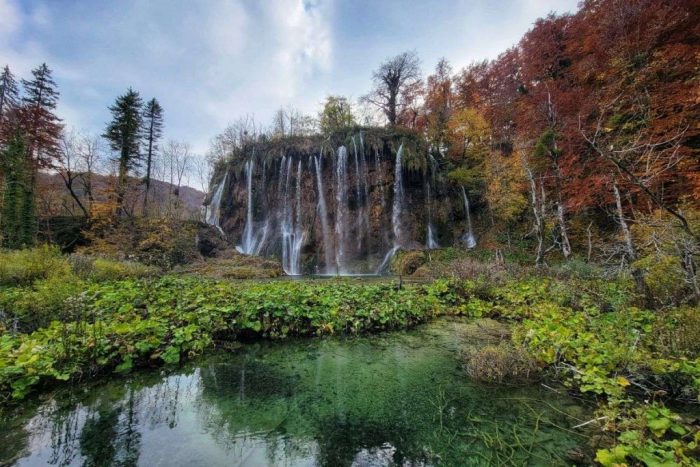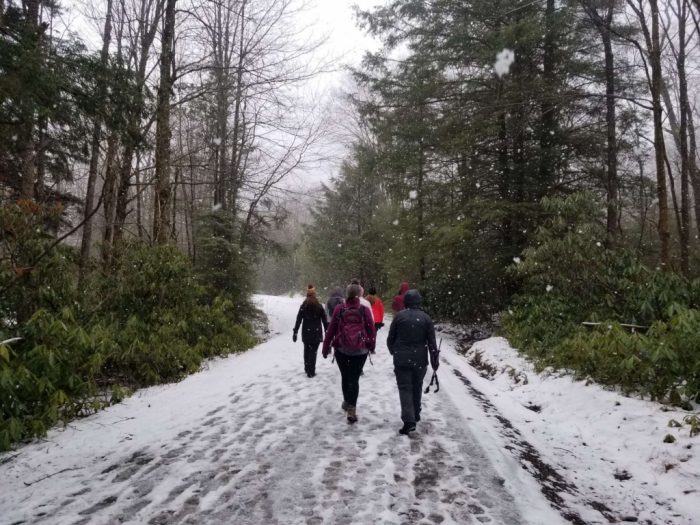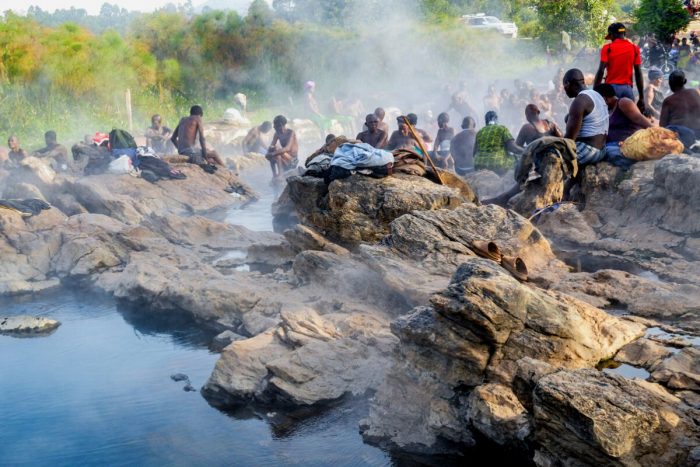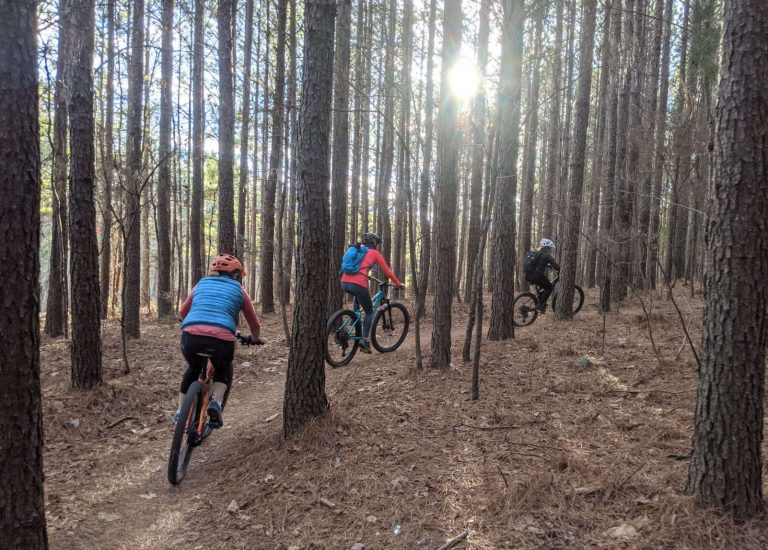Cordillera Huayhuash Trek: Everything You Need to Know
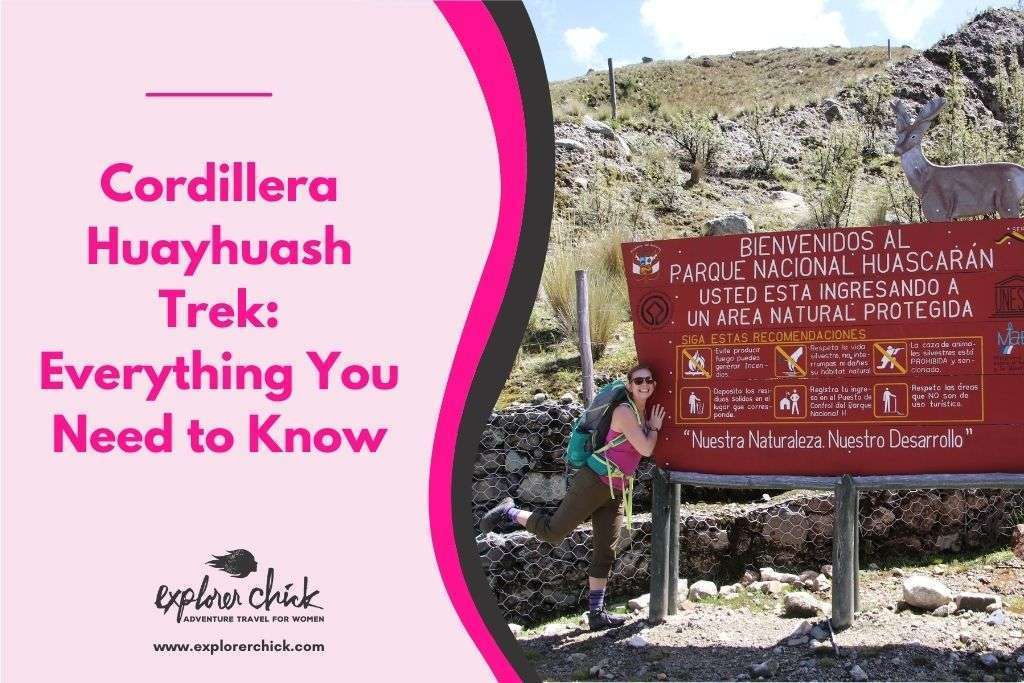
Are you looking for a challenging backpacking trip or trekking adventure that will transform your life? Trekking the beautiful Cordillera Huayhuash is one of those deeds you can call life-changing. Stunning mountain passes? Check. Turquoise lakes and hot springs? Check. Extreme challenge and an unbeatable sense of accomplishment? Double check.
If you’re down for getting dirty and proving what a gal is really made of, this multi-day trek is your perfect adventure!
However, we’re not joking when we say this sucker is a challenge! It’s grueling. It’s high elevation. It’ll kick you right in the (metaphorical) nuts if you’re not careful and adequately prepared. (Seriously, this is one of the most challenging trips that we offer.)
But we’re rooting for you — we want you to succeed! That’s why we’re dishing out all our Huayhuash trekking knowledge right here so you can feel confident smashing the full trek all the way through.
About the Cordillera Huayhuash Circuit
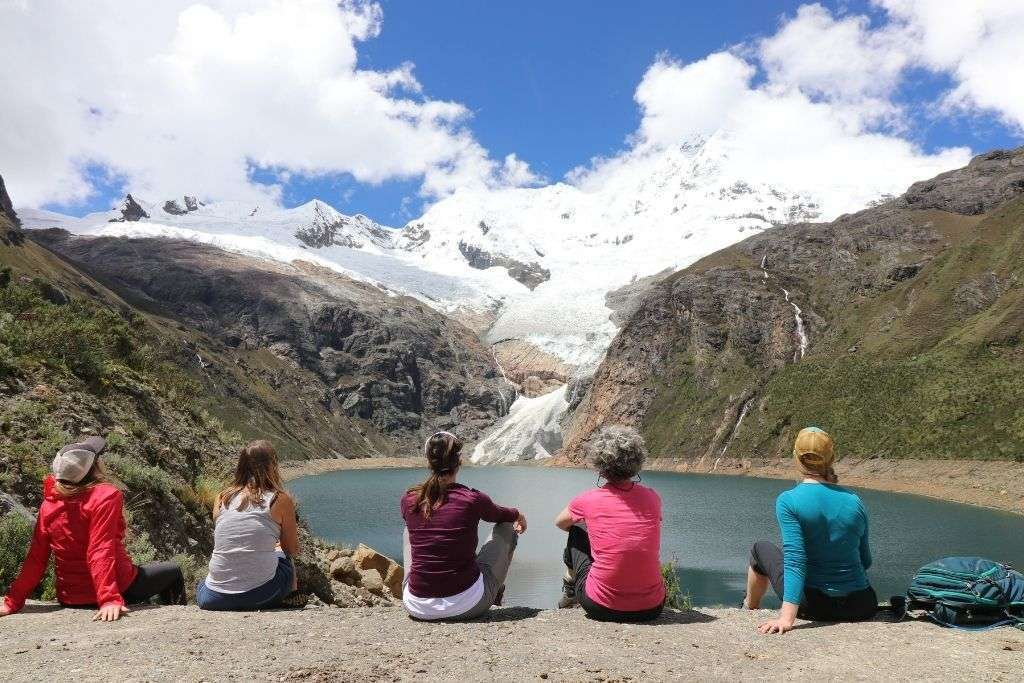
The Cordillera Huayhuash has everything you want in a mountainous trek: turquoise lakes, snow-covered peaks that will take your breath away, and high altitude physical challenges that will literally take your breath away.
It covers approximately 79-81 miles with altitudes of up to 5490 meters above sea level (that’s over 18,000 feet!). Trust us when we say that type of elevation is no joke. Especially if you’re used to hanging around sea level, altitude sickness is a real possibility. You need to train for this trek and there will be times it’ll feel like a suffer fest (we won’t lie to you).

That being said, getting to the top? The BEST feeling ever. You’ll earn your stripes on this hike, tiger 😉.
How Do You Say Cordillera Huayhuash?
The correct way to pronounce the cordillera Huayhuash is “cor-di-ye-ra way-wash” — you’re welcome. For the Quechan-speaking locals, the word Huayhuash refers to weasel or squirrel. Cordillera, on the other hand, is a Spanish word that means mountain range and is derived from the old Spanish word, “cordilla” meaning “little rope.”
Where is Cordillera Huayhuash?
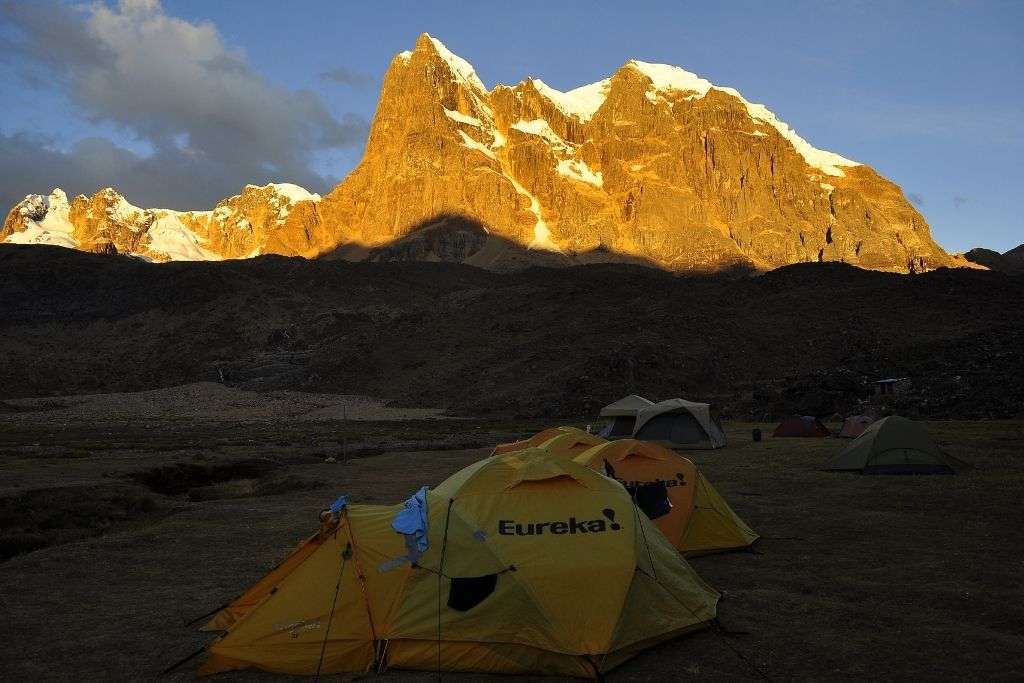
On a large scale, the entire trek is in the Andes mountain range in Peru, South America. Zooming in a bit more, you can locate it on a map south of the Cordillera Blanca (another mountain range within the Peruvian Andes) and 360 kilometers from Lima.
Most Huayhuash trekking expeditions start in the city Huaraz, which you can reach via an eight-hour bus ride or private transport.
How Long Is the Huayhuash Trek?
The full Huayhuash trek is around 81 miles long (130km), with the highest peak reaching 18,012ft above sea level. To do the entire hike, many recommend taking around 12 days. However, you can also customize your route to be longer or shorter and different trekking agencies have routes of different lengths from 4 to 14 days. For example, our hand-selected trekking route goes for 9 days to see glacial lakes, mountain peaks, and panoramic views.
How Difficult Is the Cordillera Huayhuash Trek?
Trekking the Huayhuash isn’t for the faint of heart. To quote Britney, “you better work, bitch.” It might not get you a Bugatti or a Maserati, but it’ll definitely get you a massive sense of accomplishment and epic adventure (and sore muscles).
Along with the steep climbing, you’ll also battle high altitude, which will likely push your body beyond what you thought it could achieve. The journey calls for complete emotional and physical investment on your part. The plus side: you’ll feel like a total badass for your victory return.
Tips for Doing the Cordillera Huayhuash Trek
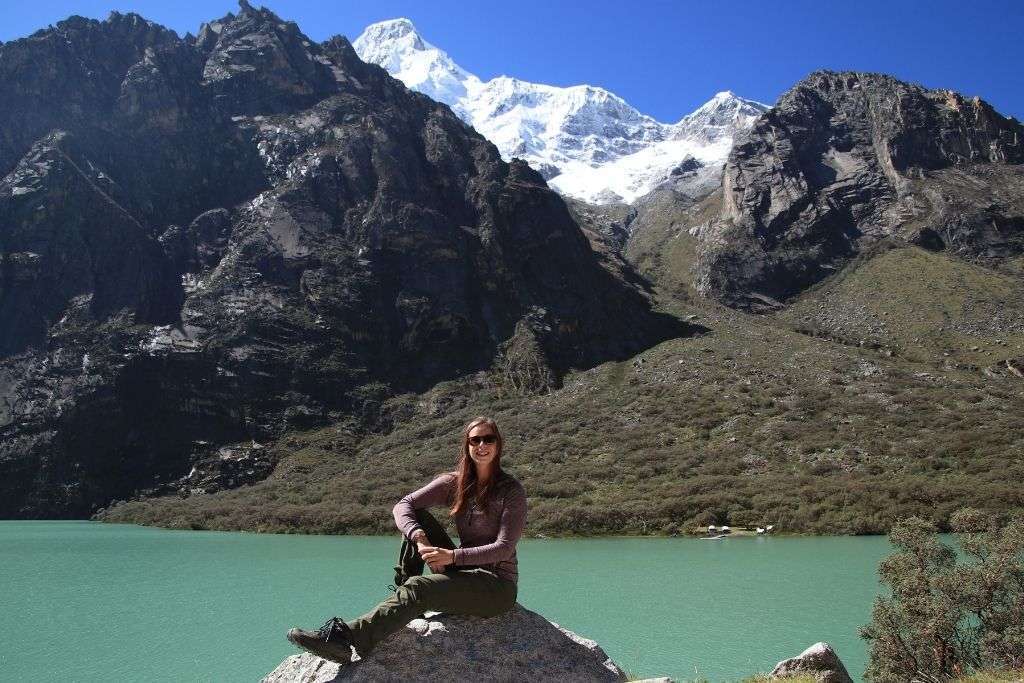
As we mentioned earlier, it’s essential to prepare for the Huayhuash trek. You need to be training before the trek. Get your booty (and your hiking boots) on steep practice hikes with rugged terrain and ideally push yourself at higher elevations to understand what it’s like to breathe that high up. You need to know how much altitude is going to affect you. You’ll also want to be sure to practice hiking in all types of weather — if it rains on day four, you bet your butt we’ll still be hiking through it!
Aside from the legit physical training, you also need to get your planning in order. That means deciding your exact route, booking rooms before and after, planning your meals, bringing the right gear, knowing how to care for your personal safety, and potentially booking with a trekking company. (If you travel with us, no need to sweat these details — we’ve got you covered.)
When to Go
You’ll likely want to plan your Huayhuash trek during the dry season, which typically begins in May and ends in September (our trip is smack dab in the middle of that in July).
The rainy season officially starts in October. You can still go trekking then, but you may have to contend with rain and snow even more. Ensure that you add waterproof clothing (yes, waterproof pants too) and a warm sleeping bag to your trekking kit if you choose to trek during the wet season
Going Solo Vs. Guided Tour
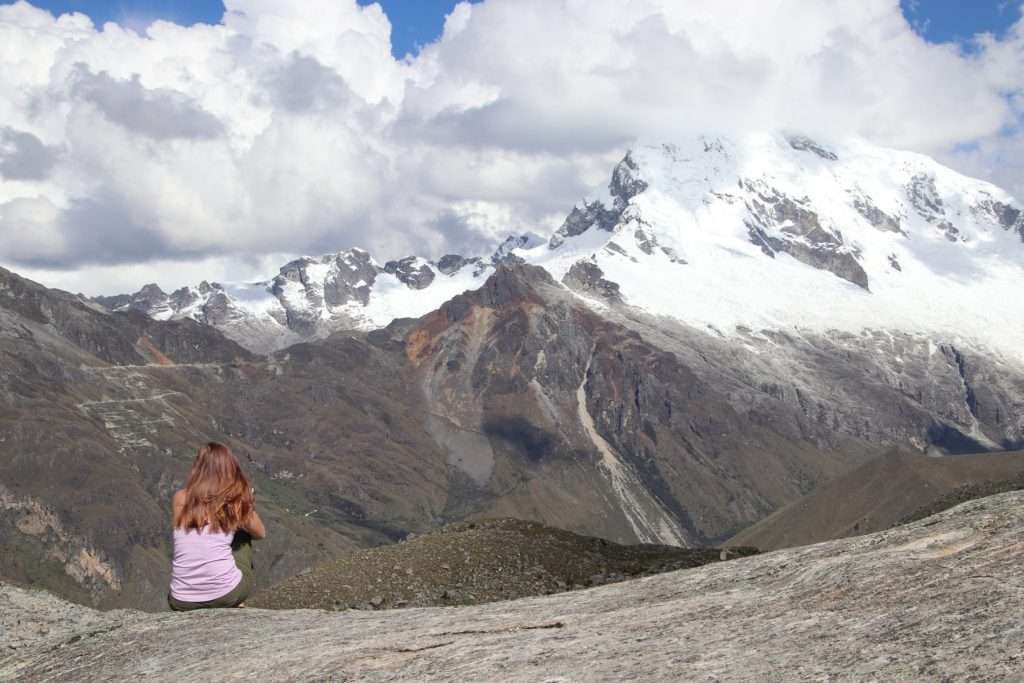
You can choose to trek independently, but you might face challenges especially communicating with the local people. Trekking independently also means you’ll have a greater risk of losing your way in the mountain ranges — this is the kind of long trek that doesn’t have signposts or a clearly marked trail.
Ensure that you prepare adequately with food and equipment when going solo. You might have to hire pack animals like mules for transport at this point. It also wouldn’t hurt to familiarize yourself with the Spanish language.
We recommend booking a guided hiking tour through the Huayhuash circuit. Trekking companies provide you with a trekking guide who is familiar with the regions and local languages. Plus, some of these guided multi-day treks also come with porters, cooks, and pack animals to help you along the journey. On our trips, we work with a local guide, chef, and porters so you can experience the Huayhuash range and learn about the surrounding mountains with a supportive trekking group.
A trekking guide organizes everything for you so all that’s left for you to do is enjoy the view. (And holy shit is it a view worth enjoying!)
What to Bring
There are a few things you’ll have to bring with you (aside from that ear-to-ear smile and adventurous spirit!). Choosing to go solo or on a guided tour determines what you’ll bring with you.
When you book with Explorer Chick, we’ll send you a packing guide for what you need on your adventure, but for independent trekkers, you’ll want to ensure you have everything you need. The following are some of the things you’ll want to bring on the trek.
- Sunscreen
- Warm clothes (fleece jacket, gloves, warm hat )
- Comfortable pants
- Hiking shoes or hiking boots and socks
- Sleeping bag
- Rain gear (waterproof everything)
- Short and long-sleeved shirts
- Camping gear
- Cooking equipment
- Food (freeze-dried meals)
How to Prepare
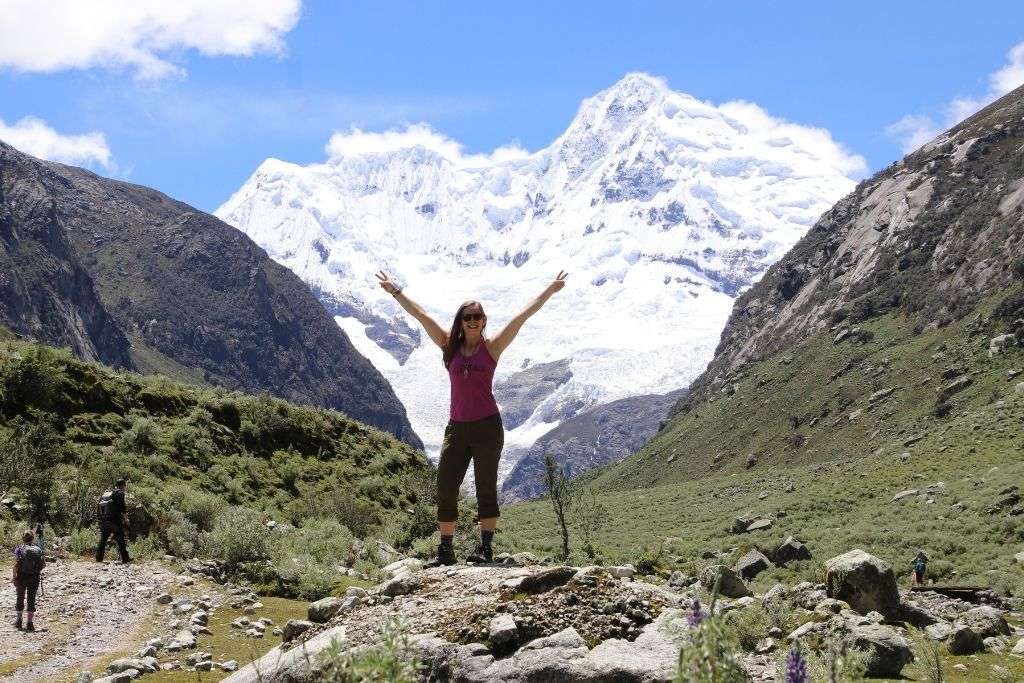
Have we hammered home the fact that you need to be prepared for this trek enough? No? We’ll say it again: you NEED to be prepared for this trip! We can’t stress enough that this trek is not something you do on a whim for kicks and giggles. From the logistical planning to acclimatization day hikes in the high-altitude Andes just before the trek, every part of preparation is important.
If you’re looking at all this is thinking “this is too much work, I don’t really need this once in a lifetime experience anyway,” don’t give up just yet! Book your trip with us and we’ll do the heavy lifting to sort permits, fees, itineraries, and safety precautions. Plus, our team will be on call, ready to support you or answer questions whenever you need. AND (so many good benefits here, we could go all day TBH) you’ll be able to connect with a group of other supportive adventure-loving gals pre and post-trip to share the experience with!
Meet the Writer
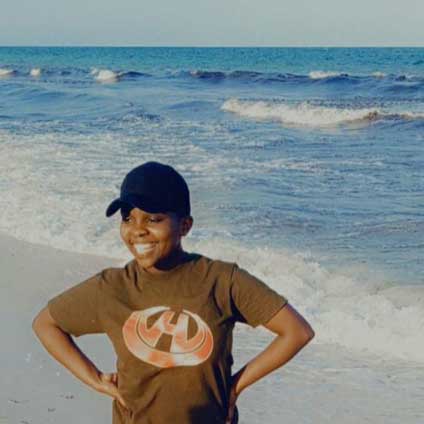
Emily Mumbi
Emily is an explorer and freelance writer born and raised in Kenya. She’s been on various adventurers in Kenya, such as trekking in Hell’s Gate and hiking on Ngong Hills.
When not on her own adventure, you’ll find her reading about exotic places to visit around the world and stories of others’ adventures. She enjoys watching movies and spending time with her 2-year-old nephew.
Favorite Outdoor Adventure: Exploring beaches on the Kenyan coastline
Related Posts:
- Cordillera Huayhuash Trek: Our Ultimate Peru Hiking Trip
- Everything You Need to Know About the Inca Trail Hike
- The Best Hikes in South and Central America For Adventure-Seekers

